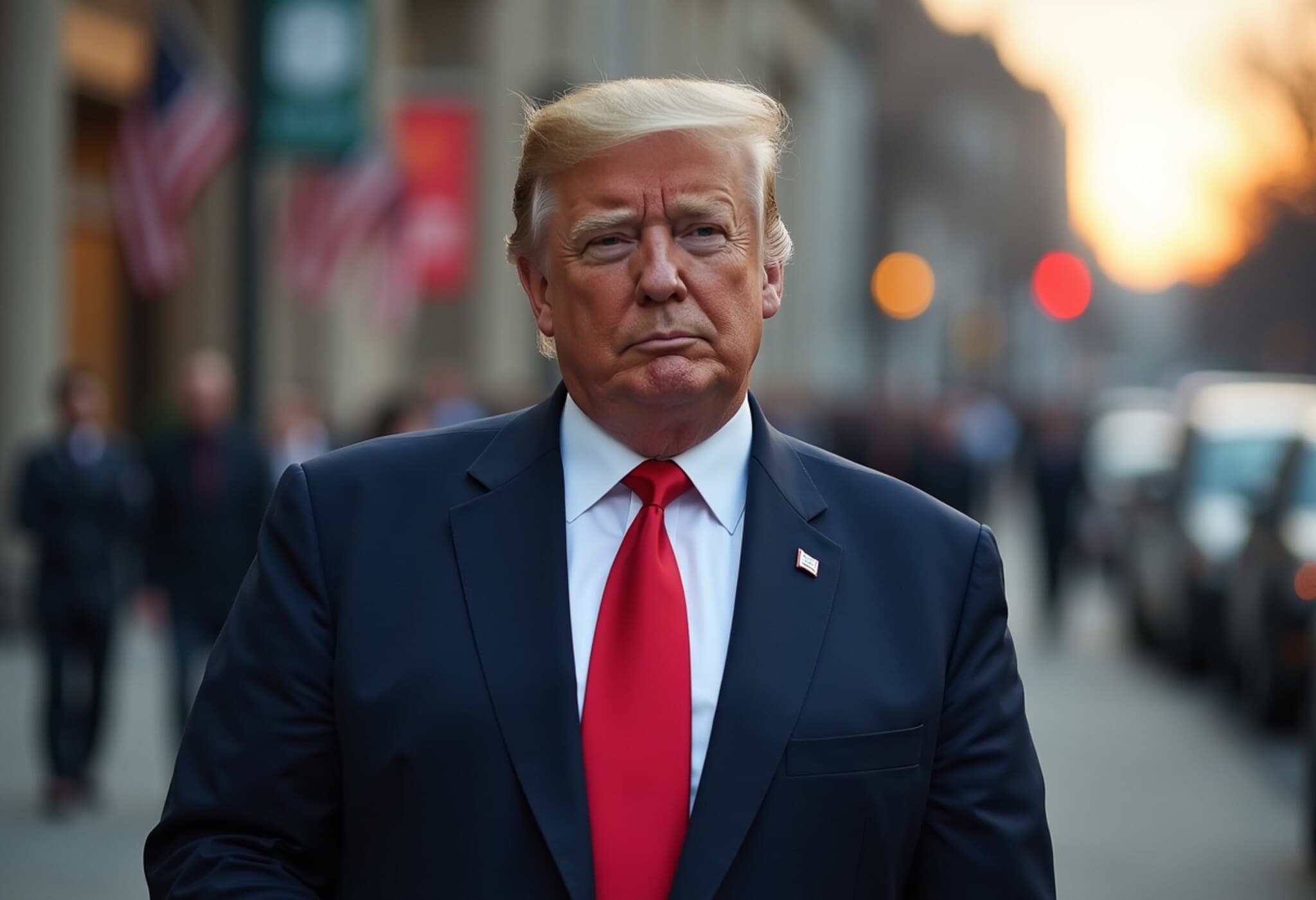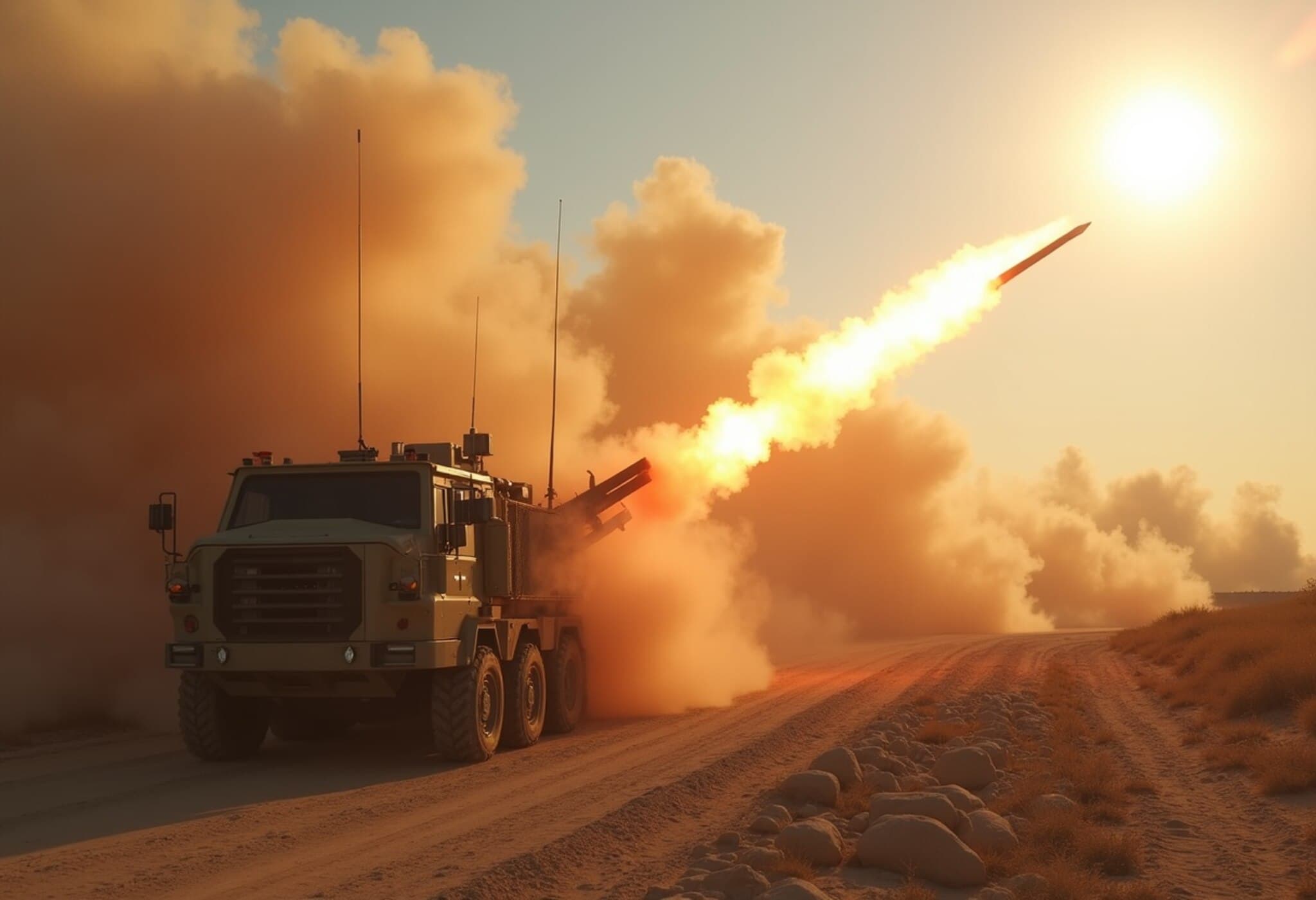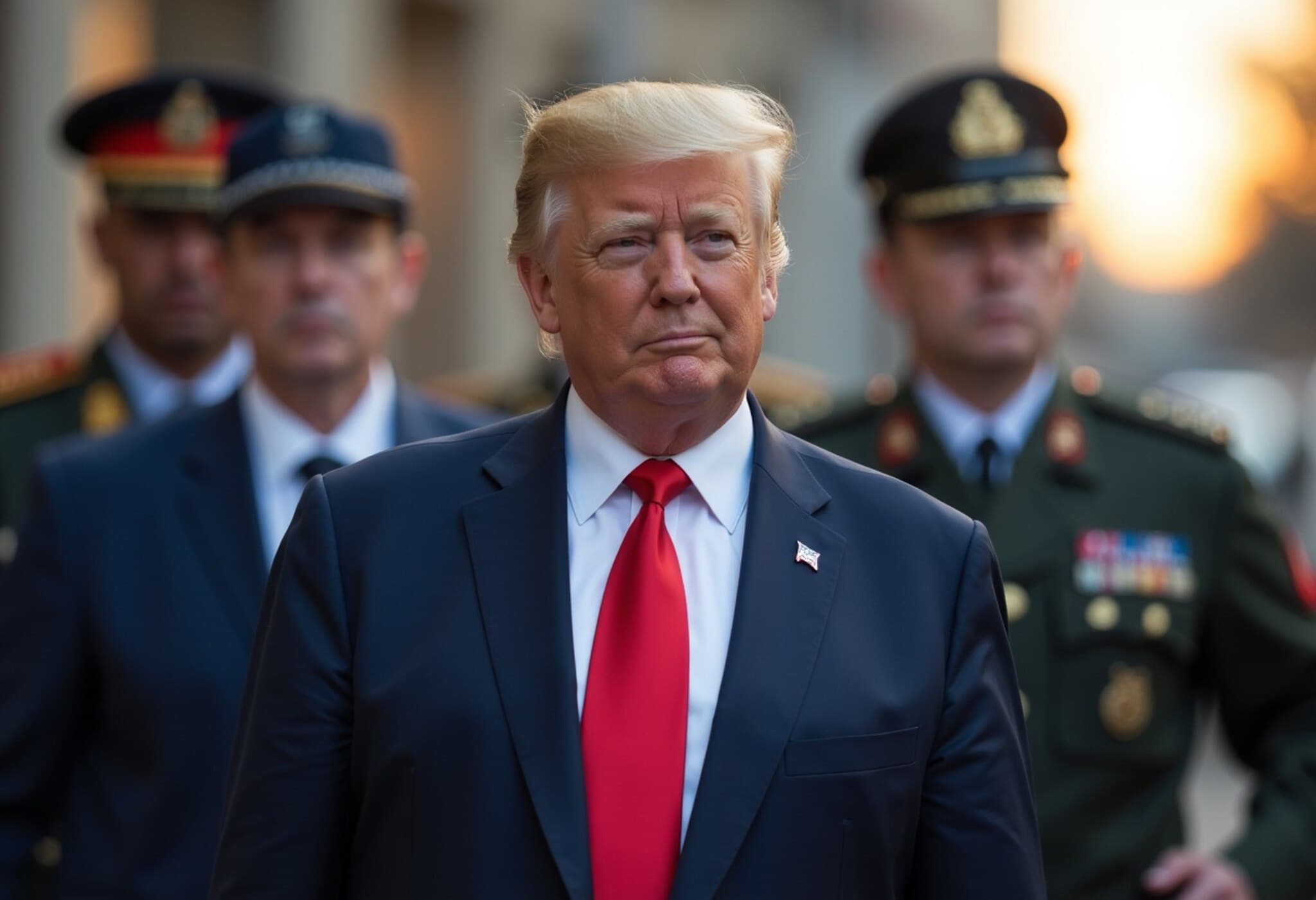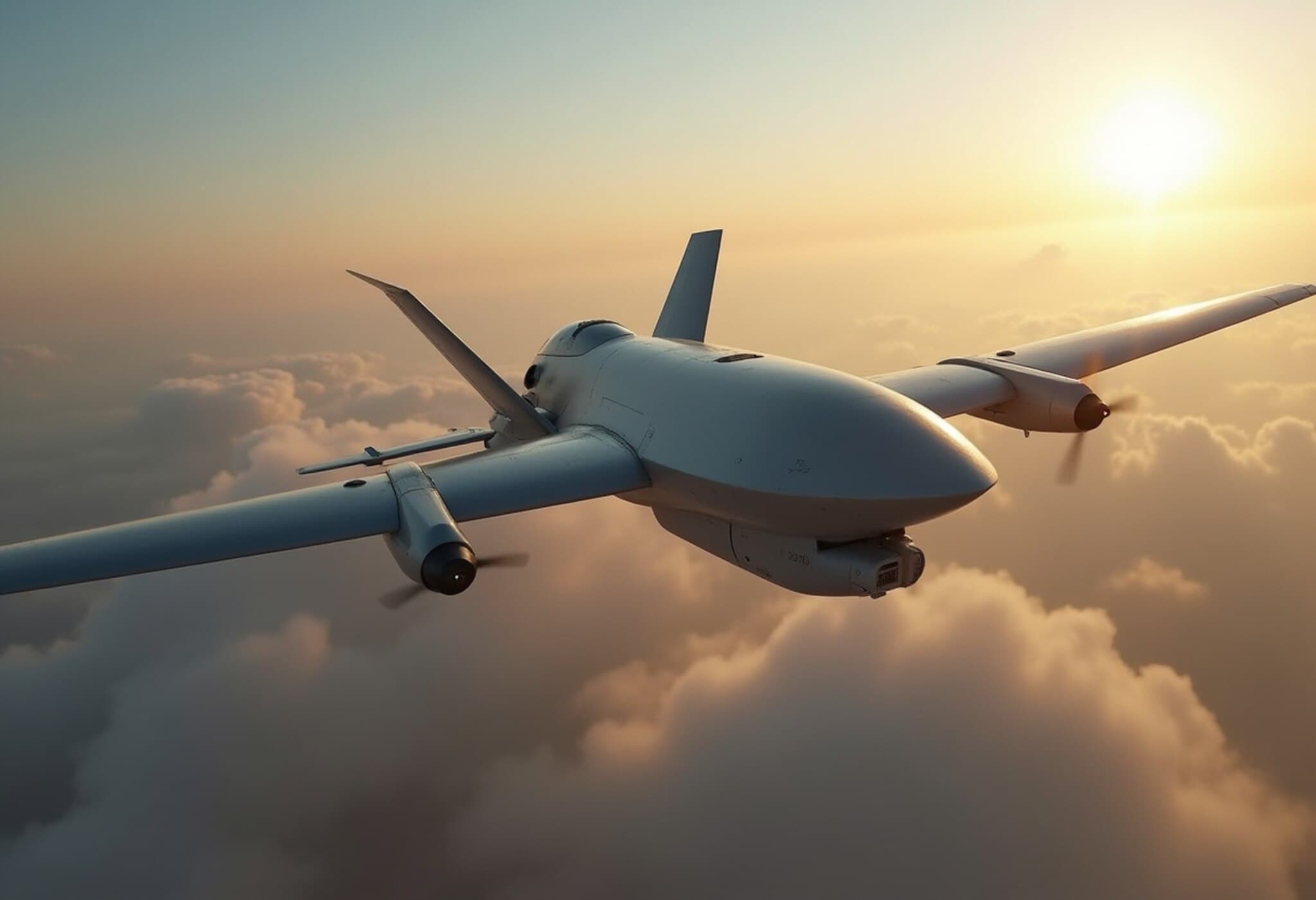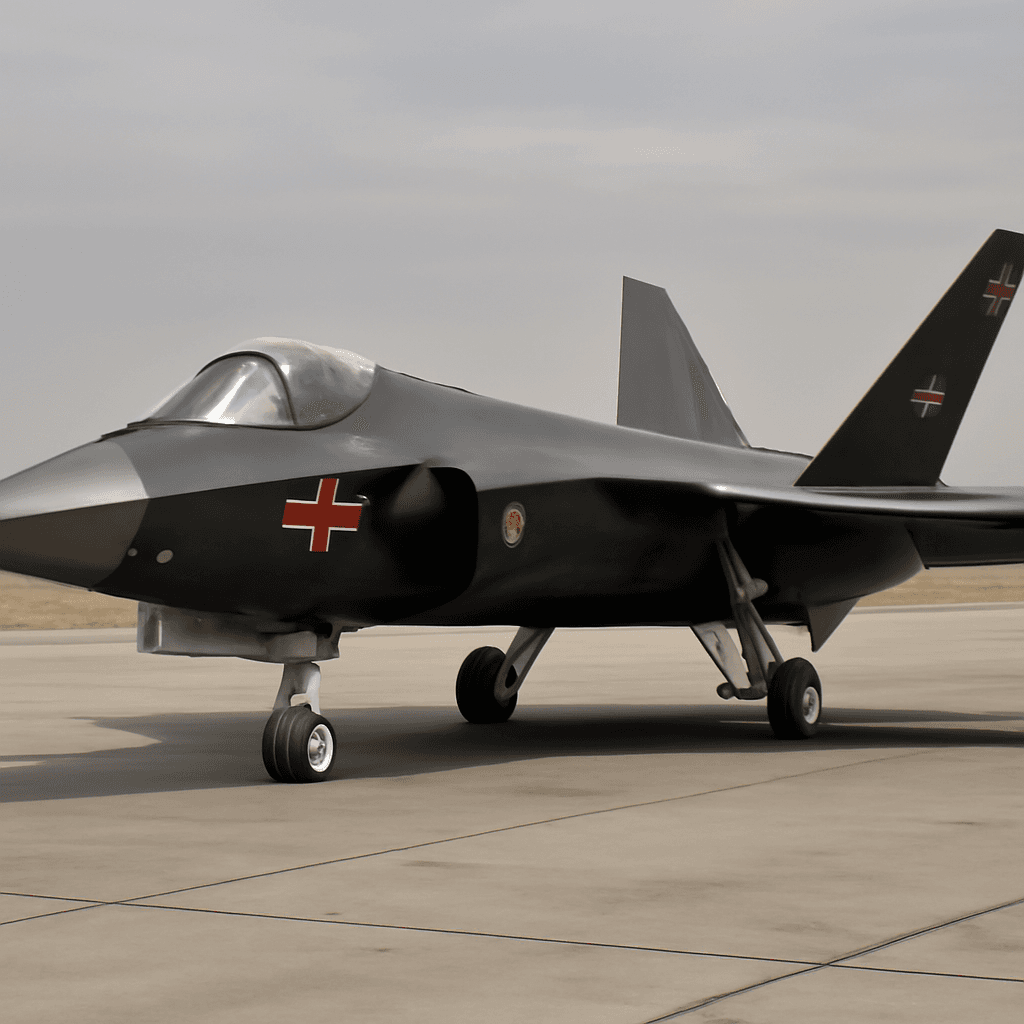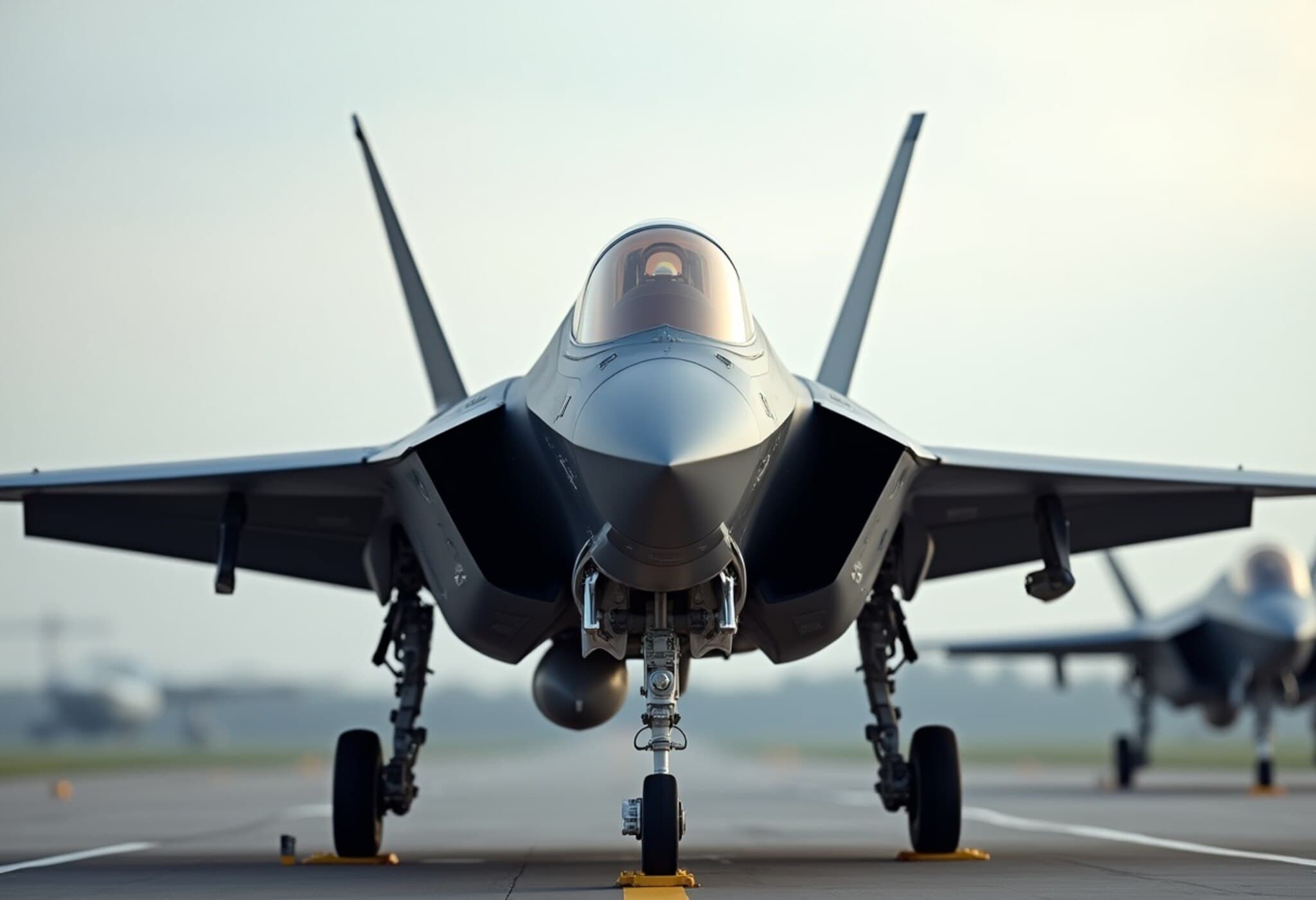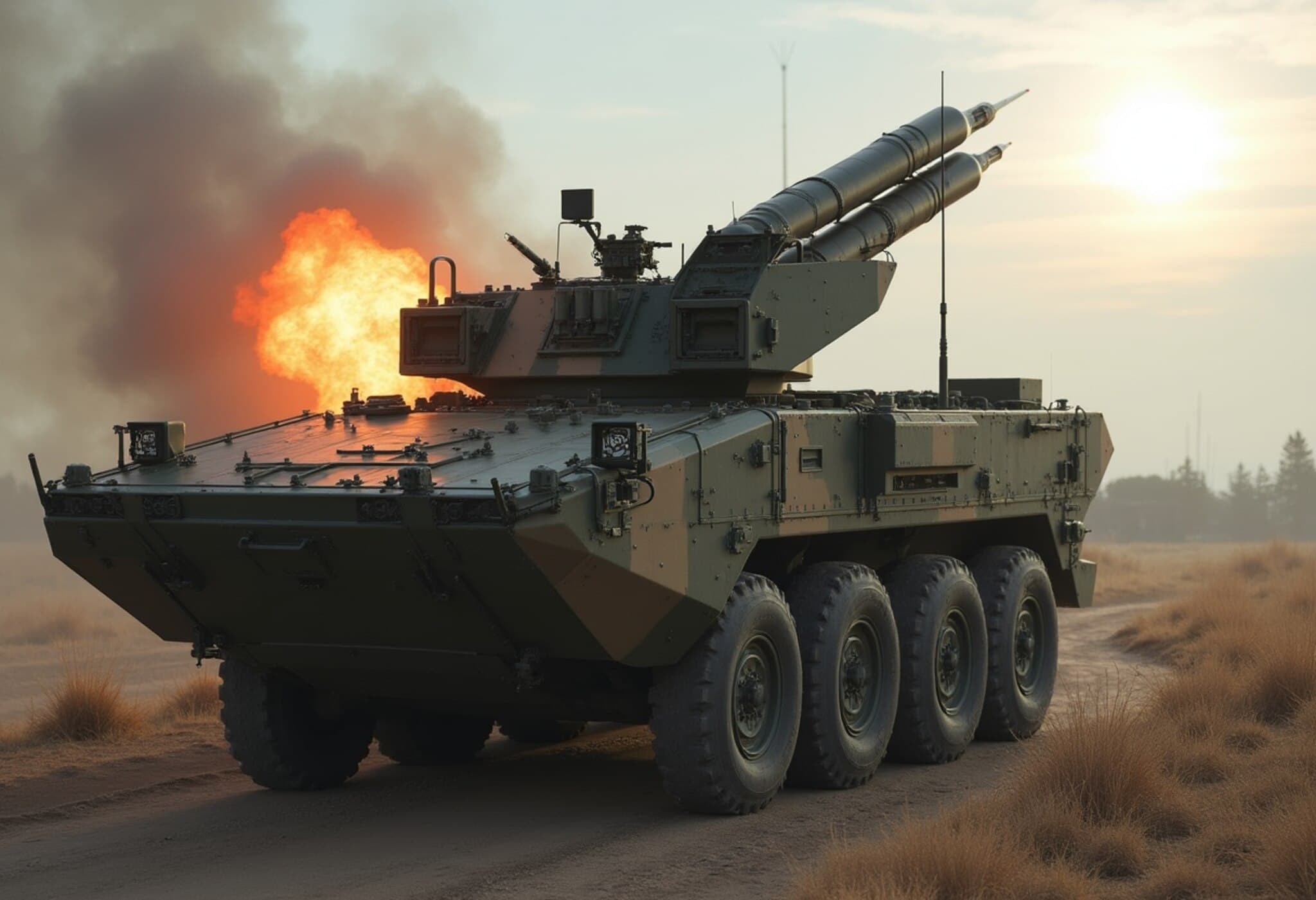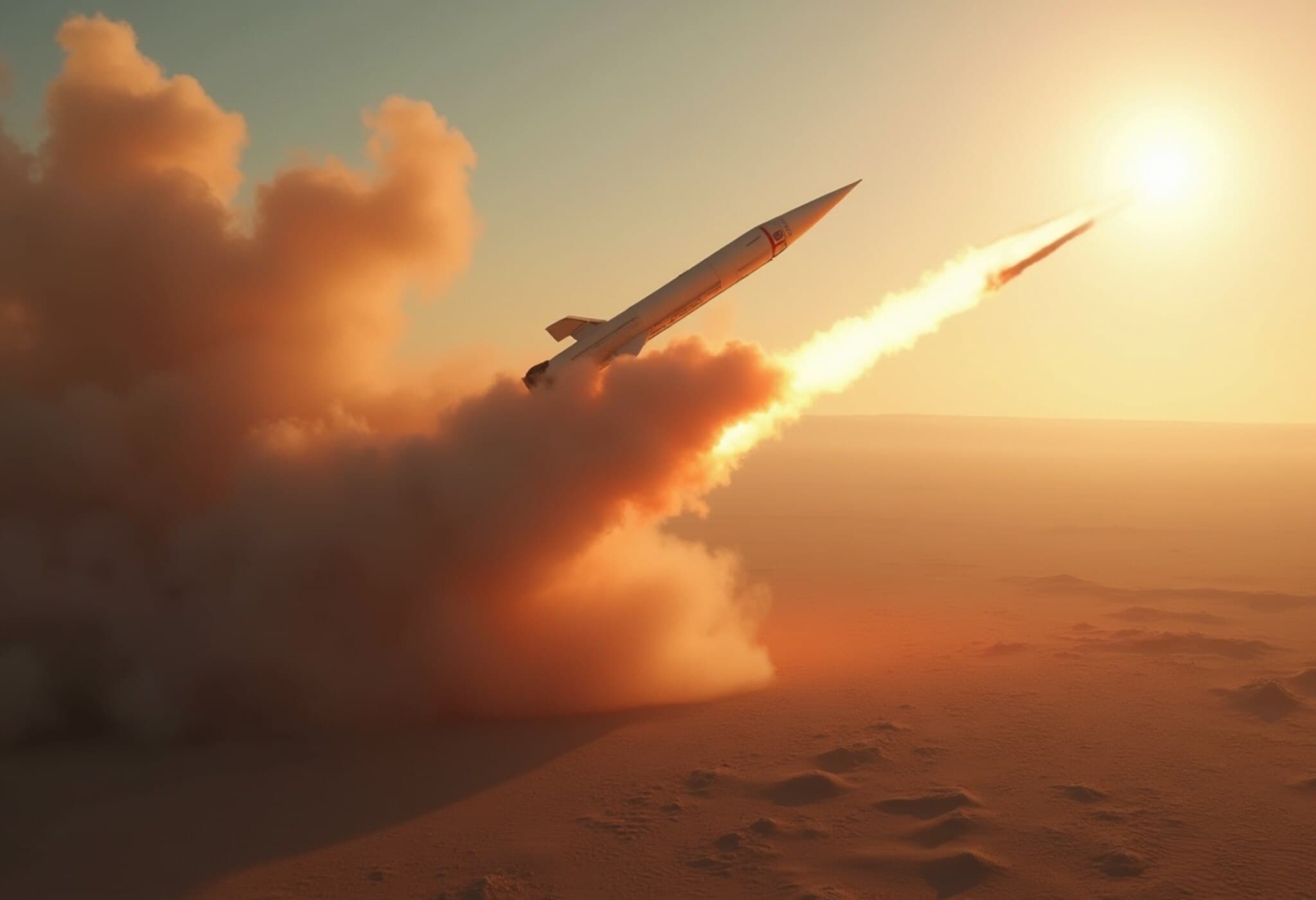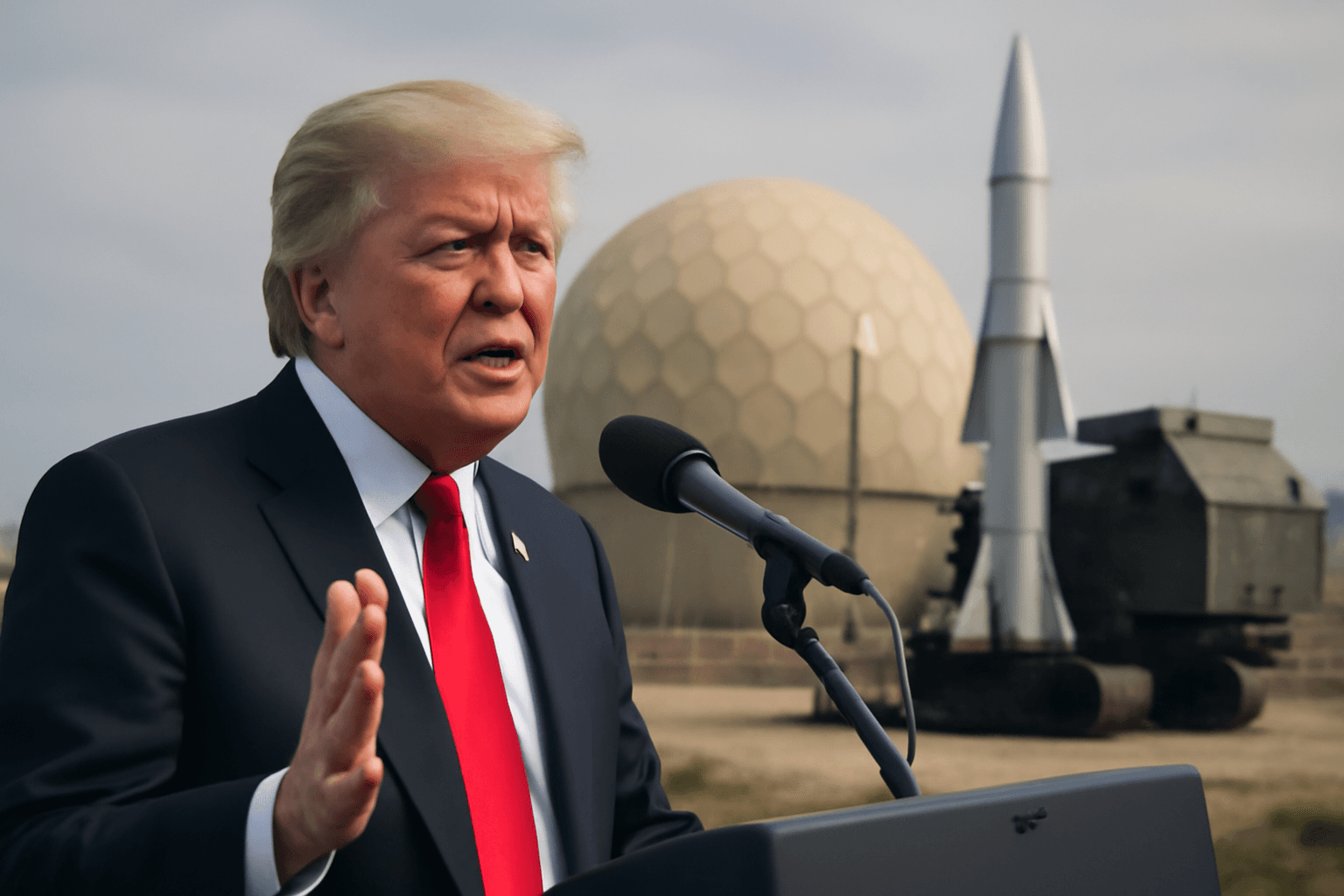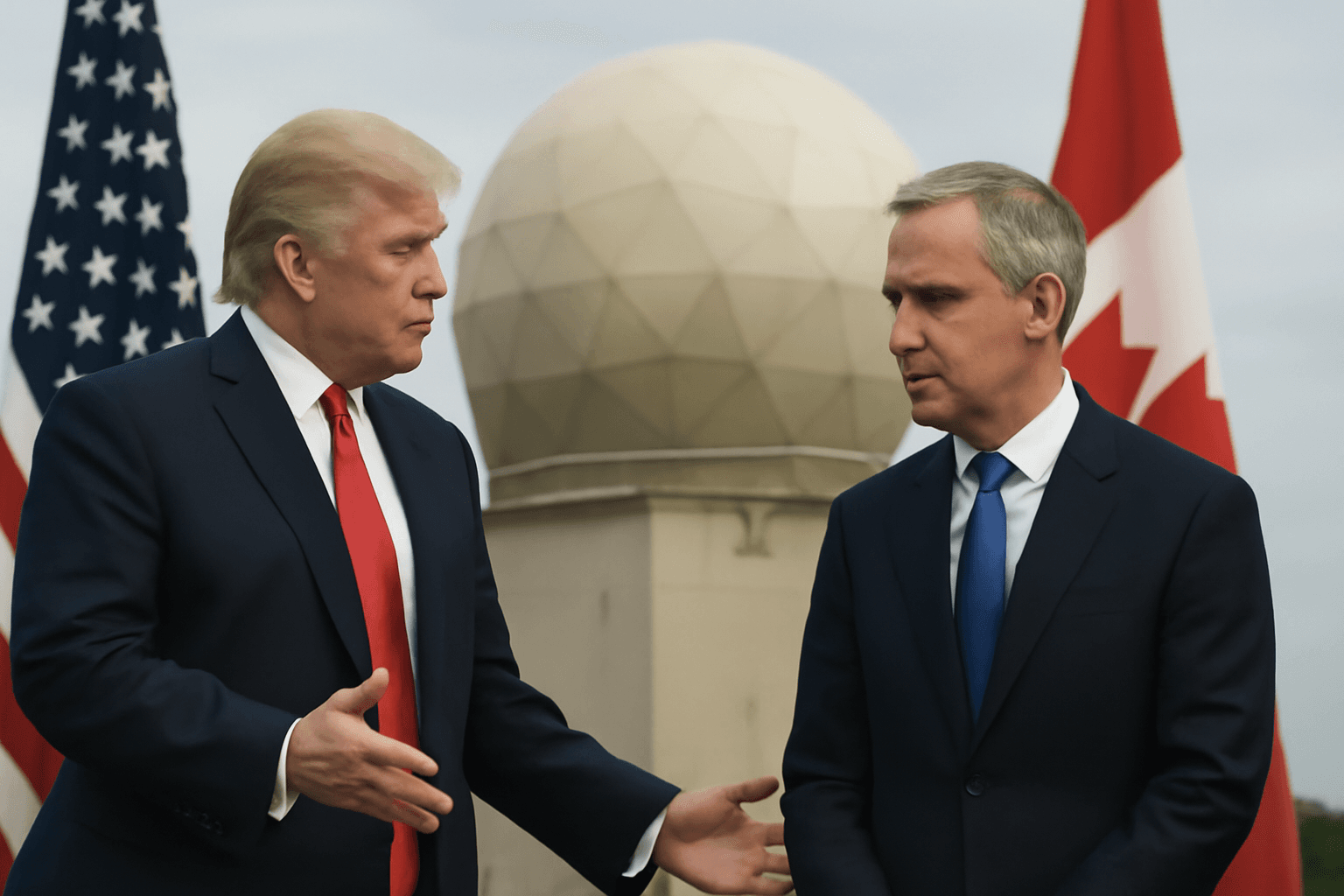Trump's $892.6 Billion Defense Budget Prioritizes Drones and Missiles
The 2026 defense budget proposed by President Trump aims to reshape U.S. military spending by emphasizing high-tech advancements like drones and missiles, while cutting back on naval assets and fighter jets. The overall request stands at $892.6 billion, maintaining a flat expenditure compared to the previous year.
Strategic Focus on Indo-Pacific and Industrial Revitalization
The administration intends to direct the funds to deter Chinese aggression in the Indo-Pacific region and revitalize the domestic defense industrial base. While nuclear weapons activities carried out by the Department of Energy and homeland security initiatives also see increased allocations, the bulk of the budget reflects Trump's distinct priorities.
Significant Reductions in Navy Jobs and Equipment
The Navy faces notable cuts under this plan. It will reduce its civilian workforce by 7,286 personnel and purchase only three new warships in the 2026 budget cycle. Additional ship acquisitions, such as Virginia-class submarines and a batch of 15 other vessels, are expected to be funded through separate appropriations.
Decrease in F-35 Fighter Jet Procurement
A key change lies in the considerably lower number of F-35 fighter jets requested. The budget proposes acquiring just 47 F-35s, a sharp decline from the 68 jets sought in the prior fiscal year. This decision has sparked debate in Congress, with the House Appropriations Committee's defense subcommittee advocating for a boost to 69 jets.
Troop Pay Raise Amid Cost-Cutting Measures
Despite reductions in equipment and workforce, the budget includes a 3.8% pay raise for service members, reflecting the administration’s support for military personnel. The savings stem primarily from retiring costly, older platforms and shifting investment towards emerging warfare technologies.
Emphasis on Advanced Missiles and Small Drones
The Pentagon continues to invest heavily in munitions with extended reach, such as the Joint Air to Surface Standoff Missile – Extended Range (JASSM-ER) and Long Range Anti-Ship Missiles, both crucial for operations in vast theaters like the Pacific.
Interestingly, spending on the Precision Strike Missile—which is set to replace the Army Tactical Missile System currently used in Ukraine—is notably reduced.
A surge in funding for smaller drones highlights lessons learned from recent conflicts, where unmanned systems proved to be cost-effective, versatile tools on the battlefield.
Legislative Discussions and Broader Defense Funding Context
As Republicans deliberate over defense priorities within a comprehensive $150 billion “One Big Beautiful Bill”, these budget choices come amid ongoing debates on the best path forward. This bill, passed by the House, also includes an initial infusion of $25 billion for the administration’s ambitious Golden Dome missile defense program, although funding for this shield largely resides outside the primary defense budget.
It is worth noting that defense spending typically accounts for about half of the U.S. discretionary budget, the remainder supporting sectors like transportation, education, and diplomacy.
Overall, President Trump's 2026 defense proposal signals a clear pivot towards modernizing military capabilities with an eye on technological innovation and strategic positioning, even as it trims traditional naval strength and aircraft procurement.

